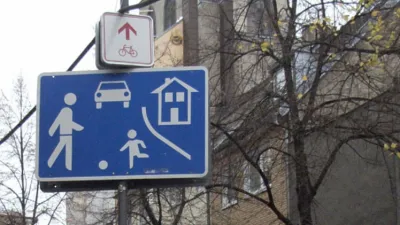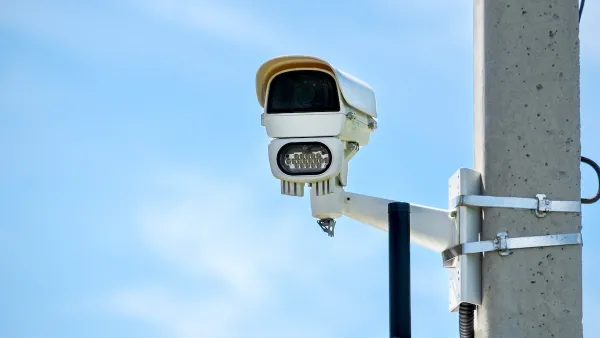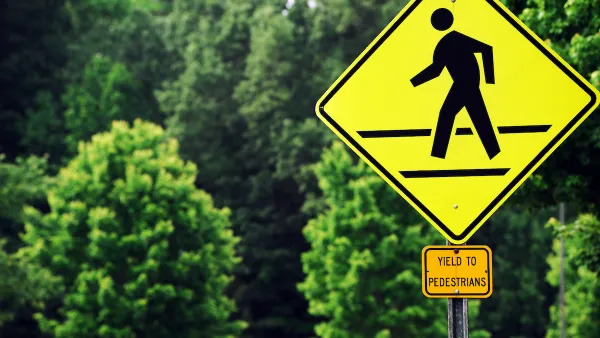To reduce pedestrian deaths, we must restore their rights as primary street users, argues a former NYC traffic commissioner.

Writing in the New York Daily News, Sam Schwartz, former NYC traffic commissioner, calls for "an end to jaywalking laws and restoring pedestrians to their rightful place atop the hierarchy of street users." Jaywalking laws, Schwartz claims, "do not improve traffic safety, and there’s evidence that pedestrian casualties are higher where the laws are strictly enforced." It is also well-documented that these laws often target people of color and can lead to violent or fatal arrests.
"A Smart Growth America study found that seven out of the top 10 most dangerous metro areas for peds are in Florida, with Orlando topping worst, Palm Bay fourth, and Daytona Beach fifth. They are all tough on jaywalkers," writes Schwartz, indicating that jaywalking enforcement doesn't correlate with pedestrian safety.
In the Netherlands, a different model has taken root. "A widely known engineer in traffic safety circles, the late Hans Monderman, radically challenged traffic engineering principles by getting rid of most traffic signals, signs and pavement markings in parts of several Dutch cities allowing people, cars, bike riders and others to negotiate sharing the space with each other as humans did until the early 20th century. The result: Drivers slowed down and crashes declined." Yet U.S. laws continue to privilege cars and ignore the safety of people outside of vehicles.
Schwartz's solution to America's rising pedestrian death rates: "get rid of jaywalking laws, design more streets for walking, slow traffic through design and once again declare pedestrians kings and queens of the road."
FULL STORY: Jaywalking: The crime that isn’t one

National Parks Layoffs Will Cause Communities to Lose Billions
Thousands of essential park workers were laid off this week, just before the busy spring break season.

Retro-silient?: America’s First “Eco-burb,” The Woodlands Turns 50
A master-planned community north of Houston offers lessons on green infrastructure and resilient design, but falls short of its founder’s lofty affordability and walkability goals.

Delivering for America Plan Will Downgrade Mail Service in at Least 49.5 Percent of Zip Codes
Republican and Democrat lawmakers criticize the plan for its disproportionate negative impact on rural communities.

Test News Post 1
This is a summary

Test News Headline 46
Test for the image on the front page.

Balancing Bombs and Butterflies: How the National Guard Protects a Rare Species
The National Guard at Fort Indiantown Gap uses GIS technology and land management strategies to balance military training with conservation efforts, ensuring the survival of the rare eastern regal fritillary butterfly.
Urban Design for Planners 1: Software Tools
This six-course series explores essential urban design concepts using open source software and equips planners with the tools they need to participate fully in the urban design process.
Planning for Universal Design
Learn the tools for implementing Universal Design in planning regulations.
EMC Planning Group, Inc.
Planetizen
Planetizen
Mpact (formerly Rail~Volution)
Great Falls Development Authority, Inc.
HUDs Office of Policy Development and Research
NYU Wagner Graduate School of Public Service





























